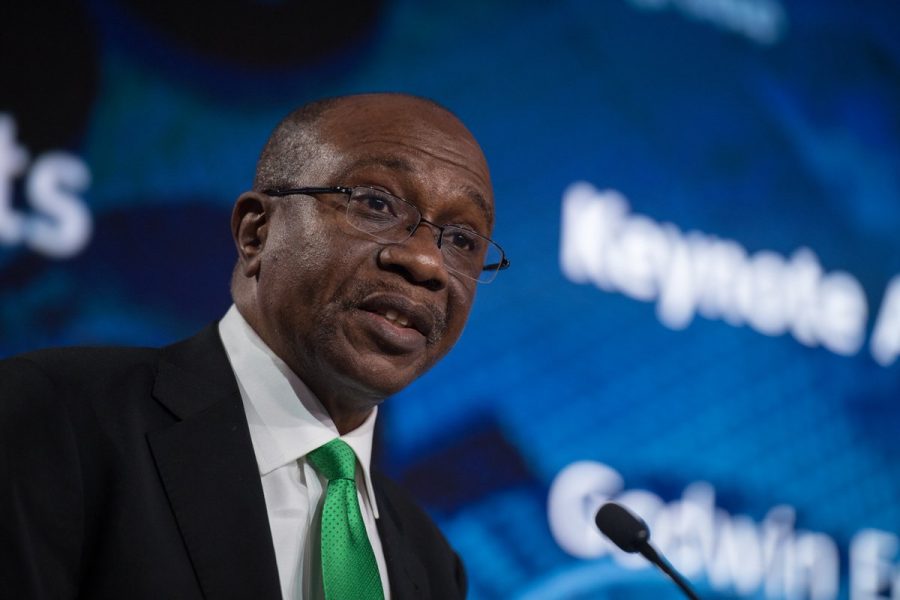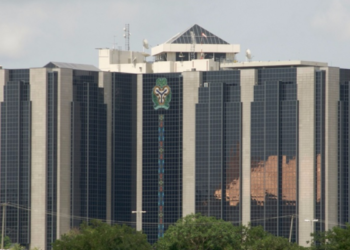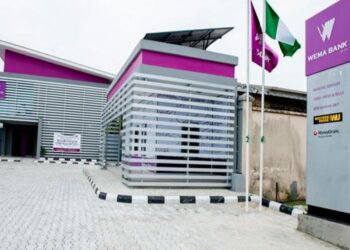The Central Bank of Nigeria (CBN), today, commenced its Monetary Policy Committee (MPC) meeting which will continue tomorrow March 26, 2019. The MPC meeting is the first to be held by the apex bank since Nigeria’s last elections.
The MPC held its first meeting for 2019 on 21st and 22nd January amidst concerns over the slowdown in global economic activity due to on-going trade tensions, tightening global financing conditions, and mounting external debt in Emerging Market and Developing Economies (EMDEs).
Highlight from last MPC meeting
The MPC unanimously decided to keep the policy parameters unchanged from their current levels. In summary, the MPC voted to reach the following decision
- Monetary Policy Rate was retained at 14%
- Asymmetric corridor of +200/-500 basis points around MPR was retained
- Retain the CRR at 22.5%; and
- Retain the Liquidity Ratio at 30%.
Note that the MPR is basically the interest rate at which the CBN lends to the commercial banks. In other words, it is the benchmark against which other lending rates in the economy are pegged. It is also usually used as an instrument to moderate inflation in the economy.
On the other hand, an asymmetric window at +200 and -500 basis points around the MPR, simply means the MPR can either go up by 2% or drop by 5%, in the event of an adjustment.
Cash Reserve Ratio (CRR) is the share of a bank’s total deposit that is mandated by the Central Bank of Nigeria to be maintained in the form of liquid cash.
MPC projected output to grow by 2.28% in 2019
Output Growth – In its last meeting, the MPC noted that output growth is expected to be driven by fiscal stimulus from an increase in oil and non-oil receipts to support the Federal Government’s Economic Recovery and Growth Plan.
The economy has been projected to grow by 2.0% by the IMF, 2.2% by the World Bank and 2.28% by the CBN.
Also, MPC further attributed performance to improvements in the flow of financing resources to the real sector through the various interventions by the Bank, effective implementation of the Economic Recovery and Growth Plan (ERGP) and the increase in non-oil sector GDP
Inflation – The outlook for inflation in the first half of 2019 is mixed, with the expectation of an increase in the near-term before a gradual decline towards the mid-year.
MPC predicted inflation to rise marginally amidst palpable tailwinds, which include increased spending preparatory to the 2019 general elections and continued disruptions to the food supply chain in the insurgency-prone areas.
Oil Price: The Committee was of the view that oil prices may, however, remain relatively stable, within the US$50pb bracket in view of recent OPEC’s production cutting actions.
External Reserve – The Committee also noted the marginal increase in the external reserves, from US$42.54 billion at end December 2018 to US$43.28 billion as at January 21, 2019, noting that these improvements would further strengthen investor confidence in the Nigerian economy.
Rates cute unlikely – FSDH
FSDH Research notes that the increase in the price of crude oil, the current position of the external reserves and the increase in Foreign Portfolio Investments (FPIs) have provided short-term stability for the value of the Naira.
The yield on the 364-day Nigerian Treasury Bill (NTB), which was 17.65% in January 2019, dropped by 3.57% to 14.08% as at 20 March 2019.
FSDH Research believes that with the inflation rate in double digits, it may not justify a reduction in rates.
Nairametrics – No change is expected
Nairametrics research believes that despite fall in inflation for the two consecutive months from 11.37% to 11.31%, the double-digit inflation rate still suggests MPC is unlikely to cut rates in order to macroeconomic maintain stability.
Also, the economy is still early into its post-general election period. Hence, it will be a good policy move for the MPC not to alter rates, in order to observe the full impact of the election on the economy.
Lastly, with the recent rise in external reserve, this also enabled CBN to become a steady buyer at NAFEX (I & E window).





















